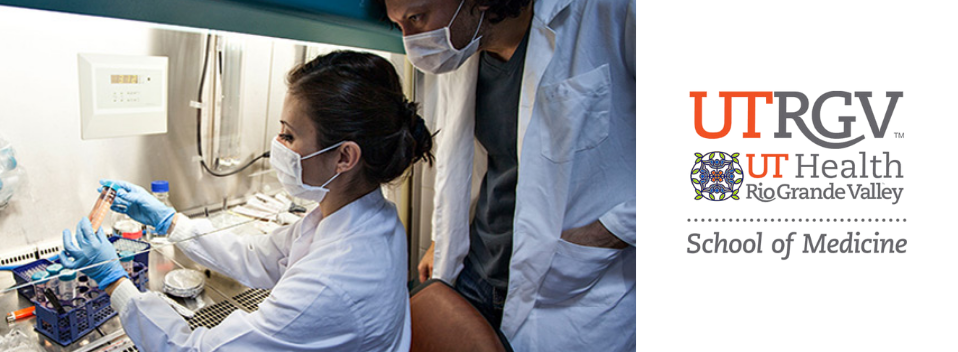
School of Medicine Publications and Presentations
Comparison of heritability estimates on resting state fMRI connectivity phenotypes using the ENIGMA analysis pipeline
Document Type
Article
Publication Date
12-2018
Abstract
We measured and compared heritability estimates for measures of functional brain connectivity extracted using the Enhancing Neuroimaging Genetics through Meta-Analysis (ENIGMA) rsfMRI analysis pipeline in two cohorts: the genetics of brain structure (GOBS) cohort and the HCP (the Human Connectome Project) cohort. These two cohorts were assessed using conventional (GOBS) and advanced (HCP) rsfMRI protocols, offering a test case for harmonization of rsfMRI phenotypes, and to determine measures that show consistent heritability for in-depth genome-wide analysis. The GOBS cohort consisted of 334 Mexican-American individuals (124M/210F, average age = 47.9 ± 13.2 years) from 29 extended pedigrees (average family size = 9 people; range 5-32). The GOBS rsfMRI data was collected using a 7.5-min acquisition sequence (spatial resolution = 1.72 × 1.72 × 3 mm3 ). The HCP cohort consisted of 518 twins and family members (240M/278F; average age = 28.7 ± 3.7 years). rsfMRI data was collected using 28.8-min sequence (spatial resolution = 2 × 2 × 2 mm3 ). We used the single-modality ENIGMA rsfMRI preprocessing pipeline to estimate heritability values for measures from eight major functional networks, using (1) seed-based connectivity and (2) dual regression approaches. We observed significant heritability (h2 = 0.2-0.4, p < .05) for functional connections from seven networks across both cohorts, with a significant positive correlation between heritability estimates across two cohorts. The similarity in heritability estimates for resting state connectivity measurements suggests that the additive genetic contribution to functional connectivity is robustly detectable across populations and imaging acquisition parameters. The overarching genetic influence, and means to consistently detect it, provides an opportunity to define a common genetic search space for future gene discovery studies.
Recommended Citation
Adhikari, B. M., Jahanshad, N., Shukla, D., Glahn, D. C., Blangero, J., Fox, P. T., Reynolds, R. C., Cox, R. W., Fieremans, E., Veraart, J., Novikov, D. S., Nichols, T. E., Hong, L. E., Thompson, P. M., & Kochunov, P. (2018). Comparison of heritability estimates on resting state fMRI connectivity phenotypes using the ENIGMA analysis pipeline. Human brain mapping, 39(12), 4893–4902. https://doi.org/10.1002/hbm.24331
Publication Title
Hum Brain Mapp.
DOI
10.1002/hbm.24331
Academic Level
faculty
Mentor/PI Department
Office of Human Genetics


Comments
© 2018 Wiley Periodicals, Inc.